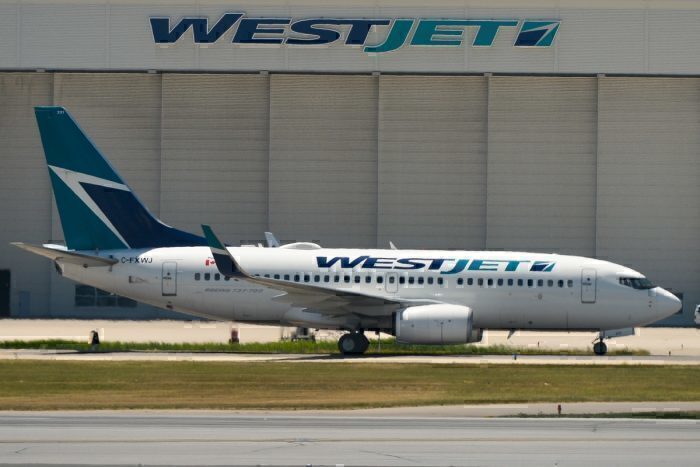Air Canada and WestJet – the two largest airlines in Canada, will soon end their onboard social distancing policies as of next week. Beginning July 1st, seats will be no longer be blocked to allow for more space between passengers.
Starting July 1st
Both Air Canada and WestJet will end the practice of blocking the sale of adjacent seats on flights taking off Wednesday, July 1st, and onward. Instead, the two airlines will revert to health recommendations set by the International International Air Transport Association (IATA) and International Civil Aviation Organization (ICAO).
South of the border, American Airlines will also end a similar policy on the same date.
In an email to Global News, an Air Canada spokesperson had the following to say:
“The new measures will continue to build on the recommendations of ICAO (the UN’s International Civil Aviation Organization) and others that a multi-layered strategy to COVID-19 safety is most effective,”
Meanwhile, a WestJet spokesperson commented that the airline’s cabin crew would be able to assist should there be space to accommodate. WestJet will encourage guests to discuss seating arrangements with the crew once onboard.
Distancing not recommended by IATA
Likely realizing the economic challenges in implementing social distancing on flights, IATA has been calling for an end to in-flight physical distancing rules. Instead, it has proposed a range of measures. This is what the organization had to say in a May 5th press release:
“IATA supports the wearing of face coverings for passengers and masks for crew while on board aircraft as a critical part of a layered approach to biosecurity to be implemented temporarily when people return to traveling by air. IATA does not support mandating social distancing measures that would leave ‘middle seats’ empty.”
In addition to face coverings, the trade group also recommends that airlines undertake the following practices:
- Temperature screening of passengers, airport workers, and travelers,
- Boarding and deplaning processes that reduce contact with other passengers or crew,
- Limiting movement within the cabin during flight,
- More frequent and deeper cabin cleaning; and
- Simplified catering procedures that lower crew movement and interaction with passengers.
A policy with economic barriers
To block of adjacent seats, airlines would have to potentially give up about one-third of potential revenue from airfare. Many airlines don’t consider this policy to be a realistic solution. Alternately, airfares would have to go up – something which many travelers would be opposed to.
As a result, IATA is taking a science-based approach, which will hopefully allow airlines to operate in a way that makes financial sense. In fact, in its May statement, the organization said that “evidence, although limited, suggests that, the risk of virus transmission on board aircraft is low even without special measures.” It goes on to say that this may be due to the use of face coverings, advanced air-filtration systems, and a ceiling-to-floor airflow pattern.

